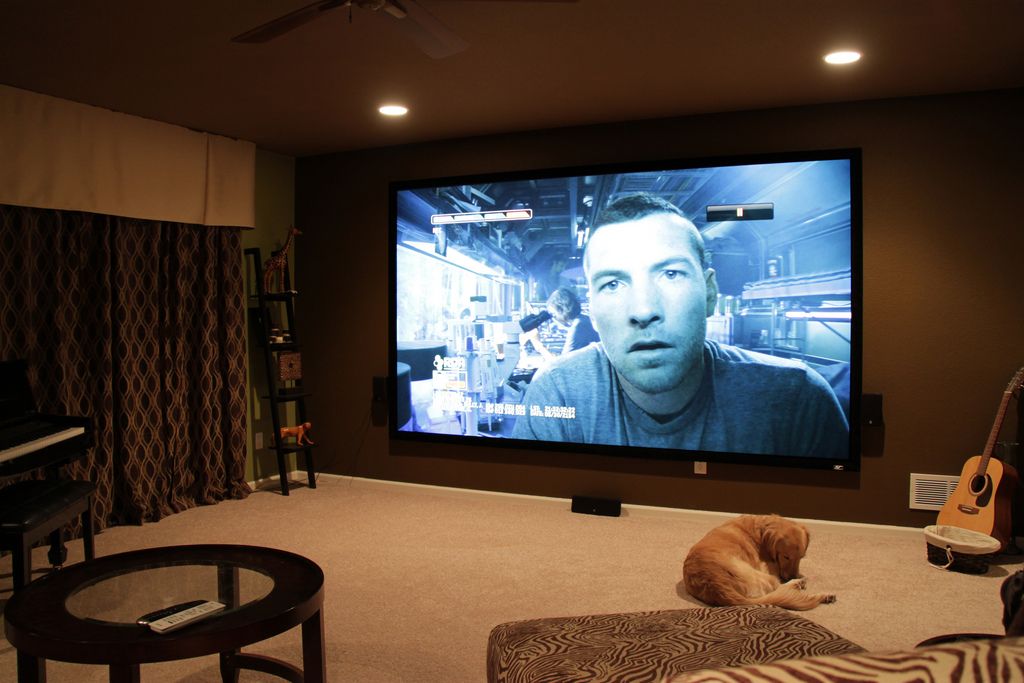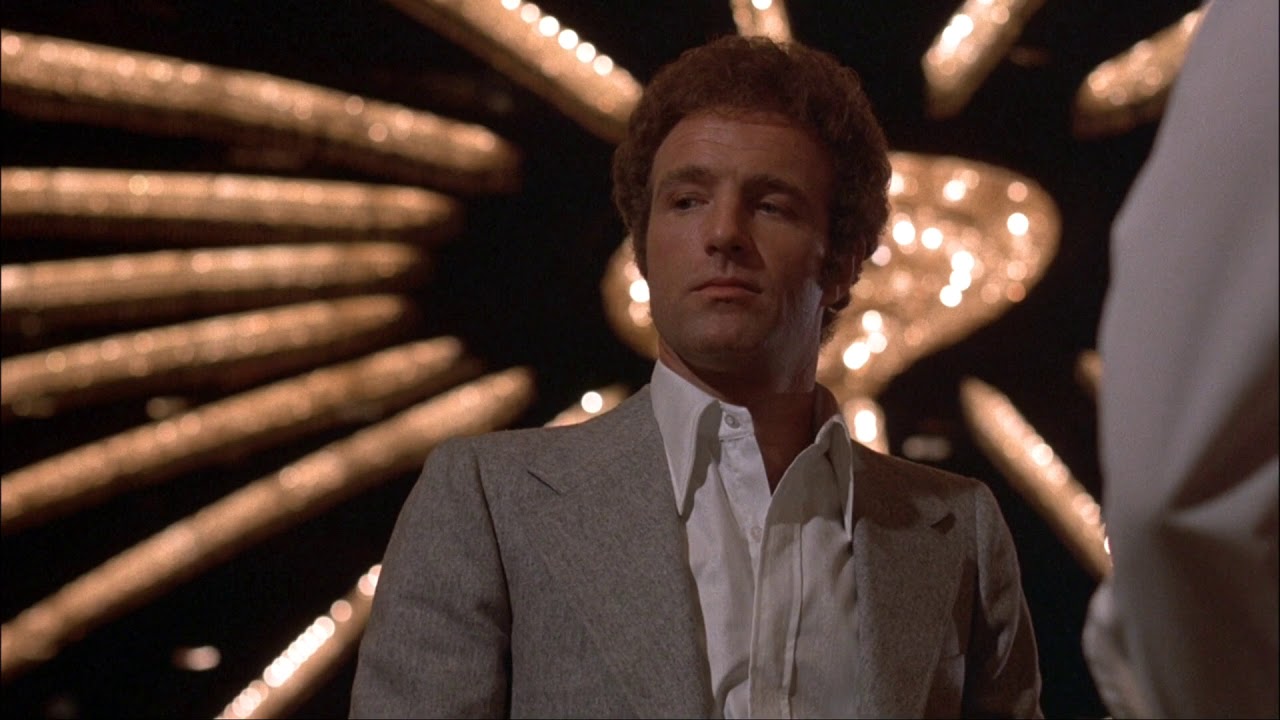There’s no question that the best way to experience a film is to watch it in a high-quality theater. But if your local theater is closed, or if you want to see something that isn’t currently playing, you’ll need to watch the film in your home. Most film enthusiasts have a reasonable setup already—they probably have a decent couch and a big-screen TV, for example. But if you want to make your film experience better, there are many strategies you can use—and most of them are relatively easy.
How to Improve Your Film Watching Experience
These tips will help you make every film you screen a little bit better:
- Consider moving your setup to a better room. Most people set up their home theater in the living room by default, and it generally makes sense to do this. However, if you have extra space, you might benefit from moving your setup to a different room entirely. For example, a finished basement tends to be more resistant to sound, and you may have less natural light poking through. If you finish your attic, you may have the option to include dedicated features for your home theater.
- Position your furniture carefully. Spend some time rearranging your furniture so it’s positioned in such a way to improve your viewing experience. For starters, the “main” seating area should be looking the TV head-on, rather than at an angle. Next, you should think about viewing distance. For a 40-inch TV, you should sit between 5 and 8.5 feet away from the screen. For a massive 85-inch TV, you should sit between 10.5 and 17.5 feet away. Increase or shrink the difference as needed for personal preference.
- Take care of annoying repairs. If you’re like most people, there are probably some home repairs that are nagging at you, such as a hole in the wall or an air conditioner that doesn’t work quite right. If these things distract you or compromise the integrity of your environment, they could ruin your experience. Be proactive and hire a contractor to knock these things out, or if you’re renting, contact your property management company to get them to handle the repairs for you.
- Reposition your speakers. According to Woofers HUB even if you have a great set of speakers, you may struggle to get a good sound experience if they’re not positioned properly. If you have a sound bar, it should be front and center in line with the screen. A subwoofer should ideally be behind you on the ground. Your peripheral speakers should be placed at the right height so they can project their sound, and at the right distance to keep them balanced.
- Add some sound blocking. For an even better sound, consider adding some sound blocking features. Sealing up leaks in your doors and windows and putting up sound-blocking panels can be a great way to create a self-contained noise environment. If you’re feeling ambitious, you can also consider adding or upgrading the insulation in your walls and ceiling.
- Tinker with the TV settings. Many consumers don’t know this, but there are many settings on your TV that you can adjust to get the perfect picture. For example, modern TVs often come with “motion blurring” enabled by default; you can disable this to get rid of that annoying soap opera effect. You can also turn down the brightness and turn up the contrast slightly to get richer colors and darker blacks. Play around with different settings to see what suits you best, and consider tailoring the experience for each film.
- Get the lighting just right. You’ll want some light for the optimal viewing experience, but not much. Consider adding a dimmer switch or investing in softer lights in general to support this.
- Establishing ground rules. Everyone has different viewing preferences; some people enjoy some chatting during a movie, while others want conversation forbidden. What’s truly important isn’t the exact rules you set, but rather the fact that you set them proactively. When viewing movies with others, have a proactive discussion about things like active conversation, food, and whether it’s okay to pause the movie.
Making Upgrades
You can also improve your film watching experience by making periodic upgrades. Investing in the latest generation of television, or putting money into a bigger, better speaker system can instantly grant you a better audio and visual experience. However, the preceding tips were presented with simplicity and budget in mind; most new furniture and technologies cost hundreds to thousands of dollars, while most of the items above will cost you nothing. Feel free to keep upgrading your equipment whenever you have the financial opportunity.
-
Acting - 0/10
0/10
-
Cinematography/Visual Effects - 0/10
0/10
-
Plot/Screenplay - 0/10
0/10
-
Setting/Theme - 0/10
0/10
-
Watchability - 0/10
0/10
-
Rewatchability - 0/10
0/10






















